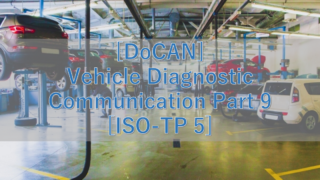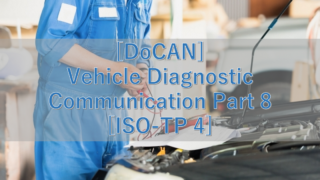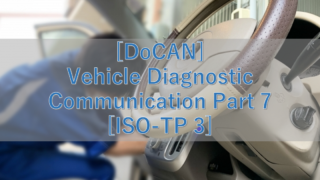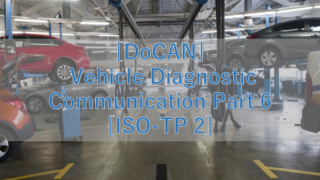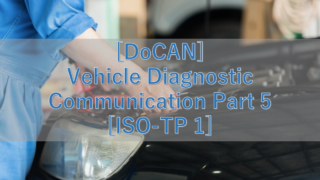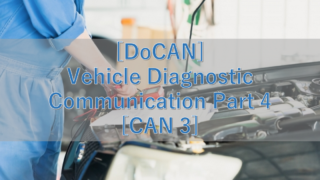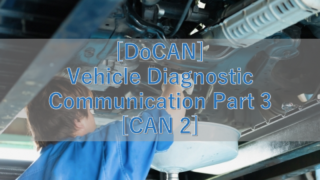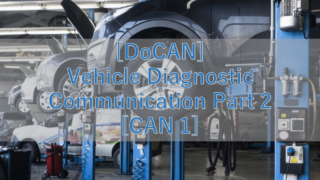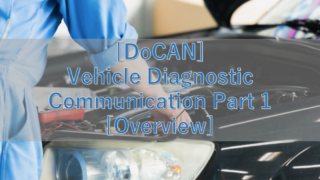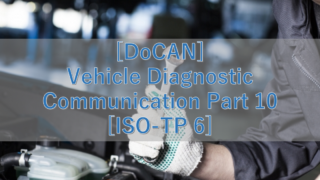 車両診断通信
車両診断通信 [DoCAN] Vehicle Diagnostic Communication Part 10 [ISO-TP 6]
Decomposition of SF-SF and MF-MF communications into type of frame.MF-MF communication behaves slightly differently in the BS and FS of FC.The parts of the message that are not included in the message for DLC reasons are filled in with padding.Any value can be used for padding.Commonly used values are 00, 55, AA, CC, and FF.
